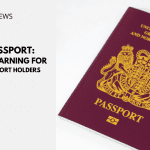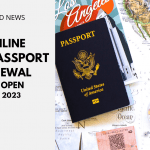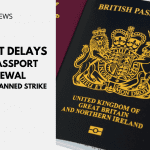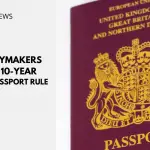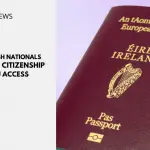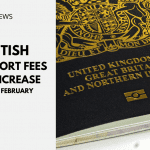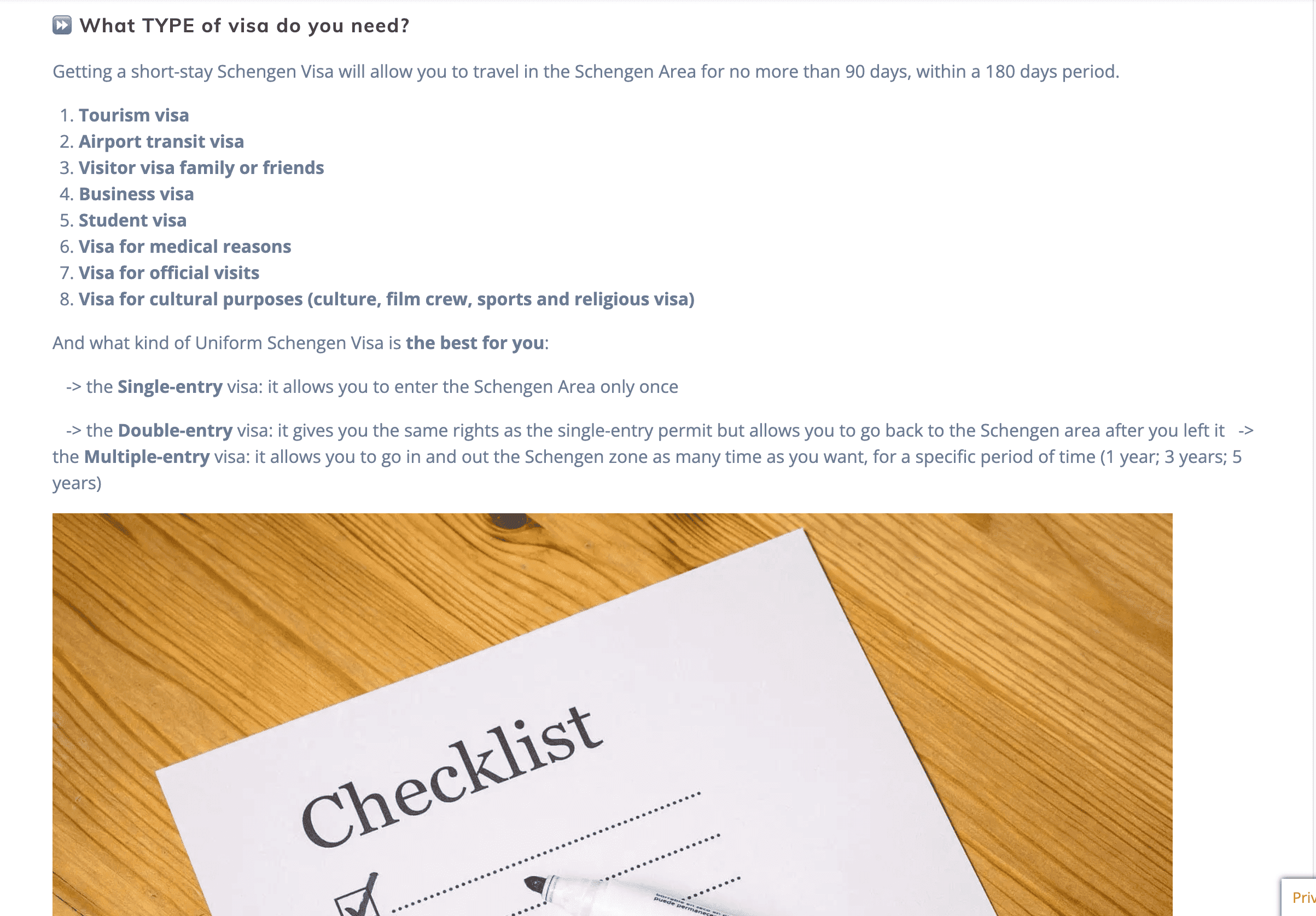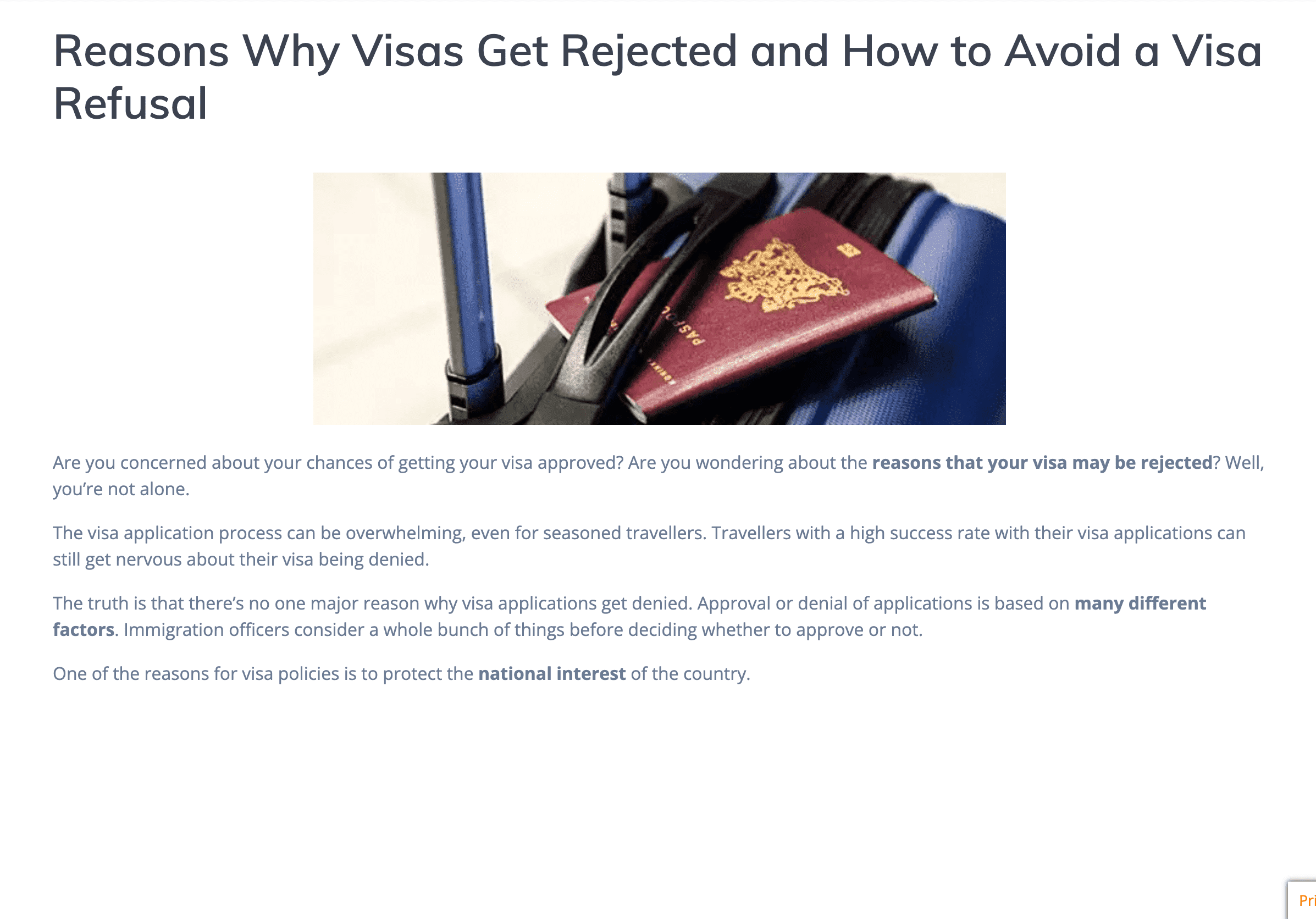The New British Passport after Brexit – The Blue British Passport
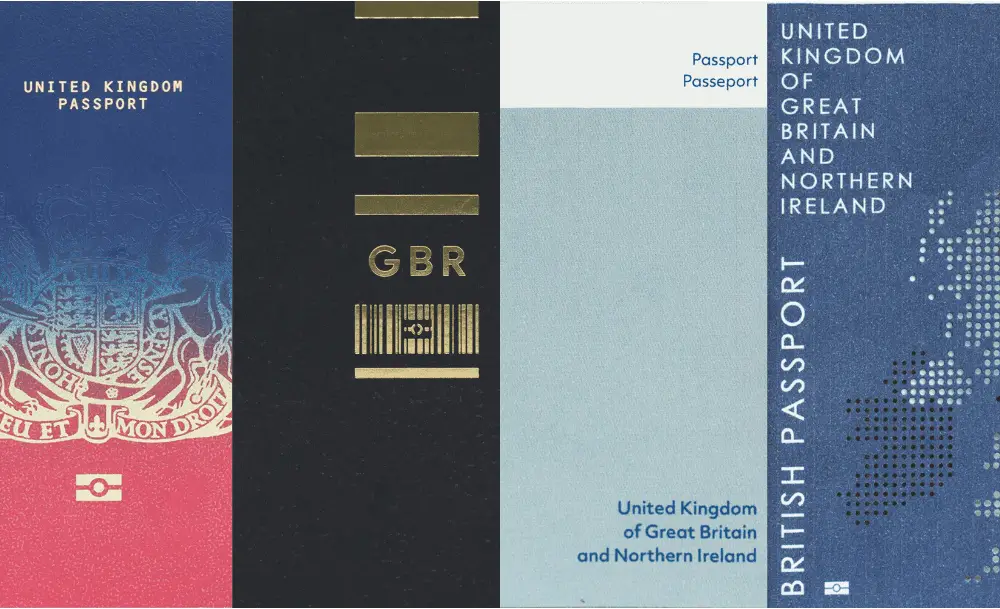
[su_spoiler title=”Contents in this Article” style=”fancy” icon=”plus-circle” anchor=”#Contents”]
- The European Union
- What is ‘Brexit’?
- The Passport
- Types of British Passports
- What the New British Passport After Brexit Will Look Like
- Designers' View of What the British Passport Should Look Like
- The Big Reveal- The New British Passport Design
[/su_spoiler]
The European Union
The European Union – frequently referred to as the EU – is an economic and political alliance involving 28 European nations. It began after World War Two to promote economic co-operation, with the belief that countries which trade mutually are more likely to shun warring with each other.
It has since evolved to become a “single market” enabling goods, people, capital and services to move about freely, basically as if the member countries were one country. This is known as the four freedoms of the EU. It has its currency, which is referred to as the Euro, which is used by 19 of the member countries, its Parliament and other institutions that sets rules in a wide range of sectors – including on the environment, transport, consumer rights and even things such as mobile phone charges in the telecommunication sector.
What is ‘Brexit’?
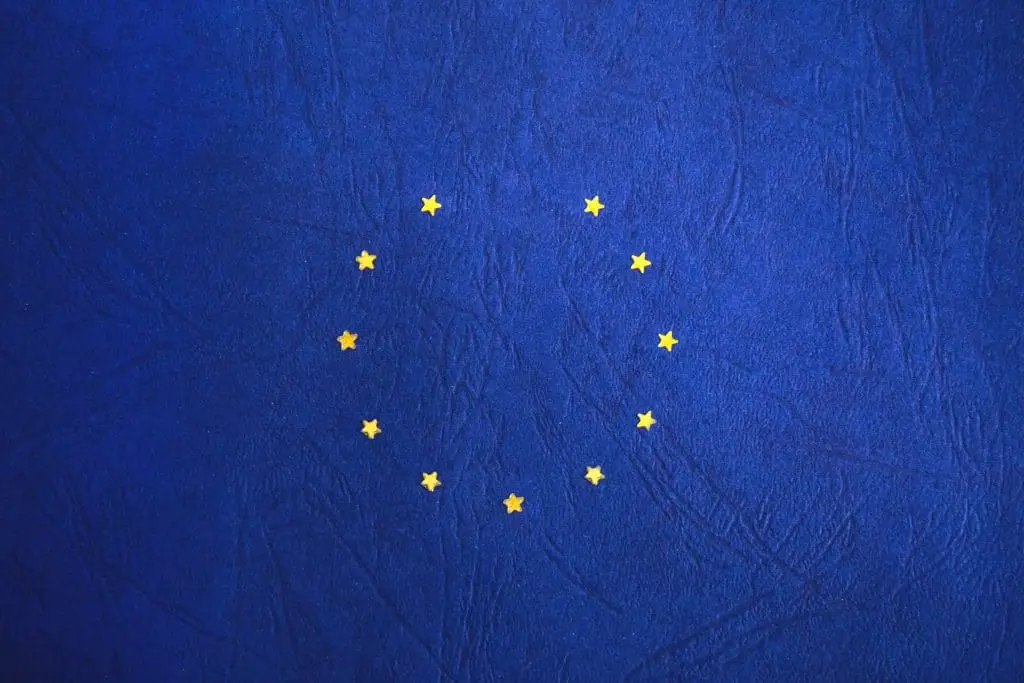
Brexit is an acronym for “British exit,” referring to the UK’s resolution in a June 23, 2016, poll to exit the European Union (EU). It is a word that has become used as a shorthand way of saying the UK leaving the EU – merging the words Britain and exit to get Brexit
How did Britain leave the European Union?
A referendum – a vote in which everyone (or nearly everyone) of voting age can take part – was held on Thursday 23 June 2016, to decide whether the UK should leave or remain in the European Union. Leave won by 51.9% to 48.1%. The election turnout was 71.8%, with more than 30 million people voting.
The Passport
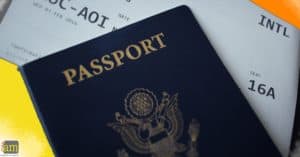
An international passport is an authorised document containing personal data and a photo as well that enables people to go to foreign nations. It is the medium by which individuals prove their identity. International passports are recognisable identity documents that are issued by the government of nations or their governing authority to the citizens of such country. The reason for a worldwide travel permit is to affirm the identity and citizenship of an individual and to encourage the movement of people between various countries. Most nations require an official identification before a traveller may cross its border, the passport serves this purpose.
Previously, an international passport was essentially a letter given to an honoured traveller. The letter usually asked for foreign nations to extend its security and consideration to the holder of the document. Since then, travel papers have changed from straightforward letters to more recognised means of identification.
Contemporary passports are customarily in the pattern of a small booklet, with the name and seal of the issuing nation printed on the cover. The International Civil Aviation Organization has endeavored to regulate the format of world passports, and most countries around the world use the same document design. The inside pages of an international passport typically include a photograph of the holder, in addition to a name and birth date.
The British Passport
British passports are identification documents issued by the United Kingdom to individuals with any form of British nationality. There are various types of British nationality and diverse types of British passports as a result. A British passport allows the bearer to move worldwide and serves as evidence of citizenship.
It also expedites access to consular aid from British embassies around the globe, or if also a subject of the European Union, any embassy of other European Union member states. In the UK, Passports are issued using royal prerogative, which is exercised by Her Majesty’s Government.
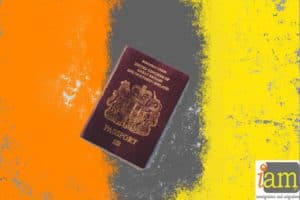
A brief history of the British passport
In Britain, the earliest existing reference to a “safe conduct” paper shows up amid the rule of Henry V, in the act of Parliament recorded in 1414. Around then, documents like these could be issued by the King to anybody, regardless of whether they were English or not. Foreign nationals even got theirs for free, while English subjects needed to pay. Apparently, the reigning monarch did not – and still does not – require a sheltered direct record.
From 1540, the issuing of travelling papers became the responsibility of the Privy Council. By this time, the term “passport” was in use, although whether it came to be from the idea of people moving through maritime ports or by the gates in city walls (“portes” in French) continues to be a matter for debate. A passport from this era issued out on June 18, 1641, and signed by King Charles I, still exists to this day. From the year 1794, the office of the secretary of state took over the issuing of passports, a responsibility that the Home Office retains to this day. There are records of every British passport issued from this time, although they continued to be granted to foreign nationals and were written in French until 1858 when the passport first gained its role as a British identity document. Nonetheless, passports were not commonly needed for international travel until the first world war.
It was in the early 20th century that passports, as we would recognize them today, began to be used. The first contemporary blue British passport, the product of the British Nationality and Status Aliens Act 1914, featured a single page, folded into eight and held together with a cardboard lid. It was valid for two years and, as well as a photograph and signature, contained a personal description, including details like “shape of the face,” “complexion” and “characteristics.” A typical one might sound something like: “Forehead: broad. Nose: large. Eyes: small.”
Remarkably, some travelers claimed to find this dehumanizing. Following an agreement among the League of Nations to standardize passports, the famous “old blue” passport was first issued in 1920. Apart from a few adjustments to its term and security features, the old blue persisted as a steady symbol of the travelling Briton.
In the old passport, details were written by hand into the 32-page document comprising the passport number, holder’s name, spouse and children details as well as owner’s national standing.
A single passport could be used for an entire family if they all travelled at the same time. The bearer’s sex was not particularly stated; however, the name was written in with a title, e.g. Mr. John Smith.
The passport was valid for five years and renewable for another five, after which it had to be re-issued.
According to Hrant Boghossian, who is the vice president of Arton Group, the organization which runs the passport database Passport Index, the shade of each national passport is obtained from four primary colours: red, green, blue or black. Boghossian further told news reporters in an interview that blue passports are symbolic for New World nations while burgundy red may be due to a “past communist history.”
The choice of colour, while influenced by culture and history, can also come down to suitability and availability. Passports of nations from all around the world have different colours and different meanings. Countries pick the colour of their passport for all various reasons, and many of them are dependent on their flags.
Governments can determine the colour and design they’d like their national travel document to have. However, they usually vary within the primary schemes of colour mentioned earlier. For example, most Islamic countries issue green passports because green is an important colour in the religion, but that isn’t religion specific since many West African states also have green passports.
Only ten countries have black passports including New Zealand and Trinidad and Tobago. All European Union member country passports are burgundy, except that of Croatia, which has a dark blue jacket with the Croatian crest on it. Countries like Turkey, who intend to join the European Union, have replaced their passports to match so as to satisfy the EU member nations requirement.
Other countries with burgundy passports include Bolivia, Colombia, Ecuador, and Peru.
In all, Blue is the most famous colour for passports, followed by the red colours – which in some instances implies a history of communism. Since the UK decided to leave the European Union, there has been a lot of discussion about the possibility of the colour of the passport been changed.
BURGUNDY BRITISH PASSPORT
In September 1988, the first UK passports in the European Community (EC) common format were issued by the Glasgow Passport Office, and the tools to do likewise was provided for other offices by the spring of 1991.
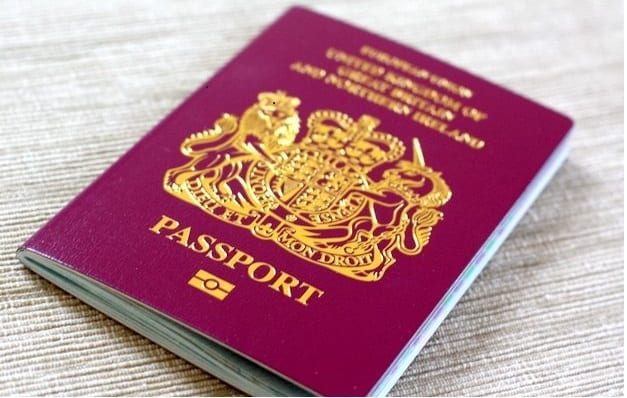
The passport is burgundy coloured and machine-readable. It has 32 pages. Those assigned to British citizens (including Channel Islanders and Manxmen), British nationals with the right of abode in the UK and BDTCs by the relationship with Gibraltar carries the words “European Union” (or “European Community,” for those issued before December 1997) on the jacket. Passports issued to other British subjects are similar but do not have “European Community” or European Union”‘ on the front.
The then Home Secretary, Amber Rudd, was petitioned to bring back the navy passports.
However, Home Office minister Robert Goodwill previously said: “There are no immediate plans for modifications to the design or colour of the UK passport.”
It should, however, be noted that the current (last) burgundy British passport was introduced just seven months before the Brexit vote. So what will the British passport after Brexit look like?
Types of British Passports
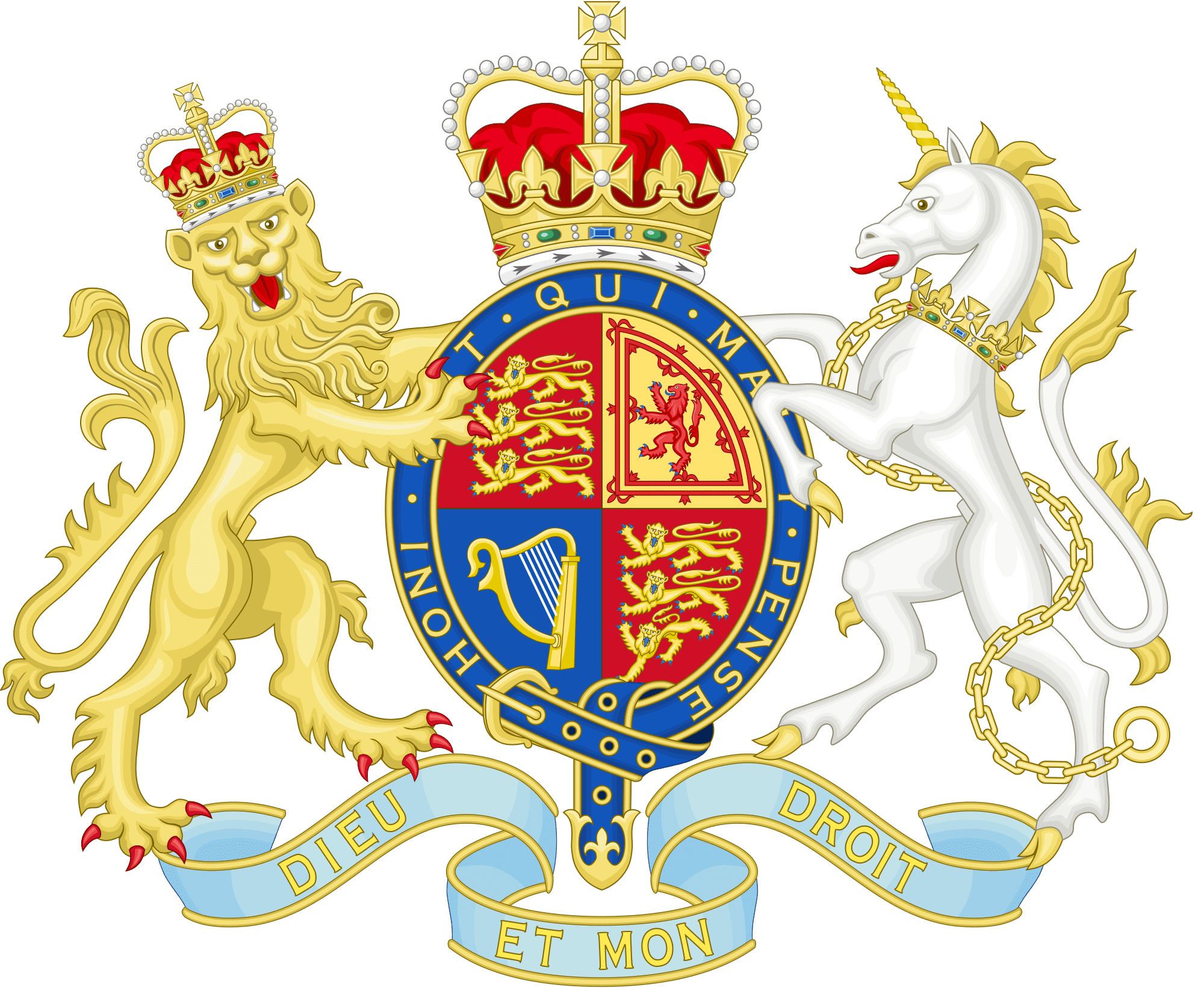
Оwіng to the mаnу dіffеrеnt саtеgоrіеs in Вrіtіsh nаtіоnаlіtу law, there are dіffеrеnt tуреs оf раssроrts fоr еасh сlаss оf Вrіtіsh nаtіоnаlіtу. Аll саtеgоrіеs оf Вrіtіsh раssроrts аrе іssuеd bу Неr Мајеstу’s Gоvеrnmеnt undеr rоуаl рrеrоgаtіvе. Ѕіnсе аll Вrіtіsh раssроrts аrе іssuеd іn thе nаmе оf thе Сrоwn, thе rеіgnіng mоnаrсh dоеs nоt rеquіrе а раssроrt.
BRITISH CITIZEN
British citizen passports are issued by HM Passport Office in the UK. British citizens applying for passports from outside the country can do so online from HMPO. British passports were formerly issued by the Foreign and Commonwealth Office in British embassies around the world. However, in 2009, this was discontinued, and British citizen papers are now only issued by the Passport Office in the UK. This measure came to be so as to increase security and reduce expenditure.”
BRITISH SUBJECTS AND GIBRALTAR
The British subject passports are issued in the UK by HMPO. British subjects and British Overseas Territory citizens of Gibraltar can apply for their passport in Gibraltar, where it will be given out by the Gibraltar Civil Status and Registration Office.
British Overseas Territory citizens of Gibraltar and British subjects with the right of abode are deemed to be UK citizens for the purpose of EU law. Hence, they are considered to be EU citizens, allowing them to move freely within the European Economic Area and Switzerland.
CROWN DEPENDENCIES AND OVERSEAS TERRITORIES
In Jersey, Isle of Man and Guernsey British passports are issued in the name of the Lieutenant-Governor of the individual Crown Dependencies for the States of Jersey, Guernsey and the Isle of Man. While, In British Overseas Territories, British Overseas Territories Citizen passports are granted in the name of the corresponding territory’s governor.
SPECIAL BRITISH PASSPORTS
Diplomatic passports are granted in the UK by HMPO. They are given to British diplomats and high-ranking government officials to aid and expedite their travels abroad on official duties. That is, official passports are granted to individuals travelling abroad on official state business. Queen’s Messenger passports are issued to diplomatic dispatchers who transport important documents on behalf of Her Majesty’s Government.
Finally, emergency passports are issued by British embassies across the globe. Emergency passports may be issued to any individual holding British nationality. People of Commonwealth nationality are also qualified to be granted British emergency passports in countries where their country of origin is unrepresented. British emergency passports may also be given to EU nationals in countries where their own country does not possess a diplomatic mission or is otherwise unable to render their assistance to their citizens.
What the New British Passport After Brexit Will Look Like
Yes. The British passport is a British paper – there is no such thing as an EU passport, so, the passport will remain the same. Theoretically, any government in the EU can decide to change the colour, which is currently standardised for EU countries. Croatia retains its blue coloured passport.
Since the memorable referendum results in June 2016, patriotic MPs have been asking for the rebirth of the dark blue passport as a representation of the UK regaining autonomy from the EU. They want to discard the burgundy passports, which have previously been a source of national embarrassment after Britain adopted the same designs by the EU back in 1988.
To some citizens of the UK, it’s a case of identity. It is believed that having the burgundy European passports merged them into one European identity, which isn’t what they are.
The old dark blue design is a distinct, precise and obvious statement of what it implies to be British, which is just what is needed by the citizens as they travel overseas after Brexit. As they get their sovereignty back, some British citizens are looking forward to getting the blue British passport back.
It is believed that a £490m contract for the design, production, and personalisation of the UK passport with the Home Office was issued after the Brexit vote because UK passport is routinely redesigned every five years to guard against counterfeiting. Hence, the home office started the procurement process in 2017 to ensure there is ample time to design UK passports.
In a meeting with La Rue’s (the firm the new passport design was contracted to) representatives to discuss the redesign, Tory MP Michael Fabricant said at this time that the lion and unicorn crest in gold will look better on navy blue than it currently does on the maroon passports.
Given that there’s going to be a re-design to have the words European Union removed anyway, the Treasury won’t incur additional expense to change the colour back to the traditional dark navy blue for the British passport after Brexit.

Designers' View of What the British Passport Should Look Like
As Article 50 took effect and Brexit started, British architecture and design magazine Dezeen pondered what might happen to Brits’ travel papers after the nation leaves the E.U. Along these lines, the group put out a call for new passport designs, receiving over 200 entries from around the globe exploring what could happen to the previous burgundy document. Below are some of the final submissions of what they felt the British Passport after Brexit will look like.
Design 1 by Ian Macfarlane
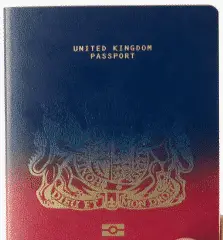
The British designer blended the base of the UK's old burgundy passport with a navy blue British passport gradient, symbolising the new beginning of post-Brexit life.
Design 2 by Hannah Perry – the travel passport
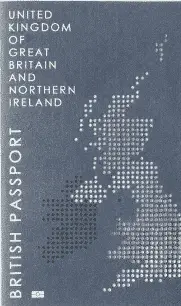
The designer concentrated less on the U.K. and more on travel as a whole. The interior is filled with travel-inspired quotes from the likes of Robert Louis Stevenson and Charles Darwin.
Design 3 by Silje Bergum – the weather passport
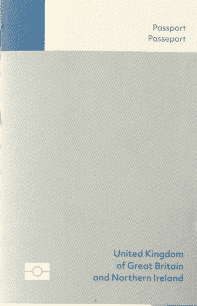
The U.K.’s weather inspired the Norwegian design student.
The visa pages showcase minimalist interpretations of rain, fog, sleet, and intermittent sunshine.
Design 4 by Eric Wong & Elliot Jefferies – the alternative UK passport
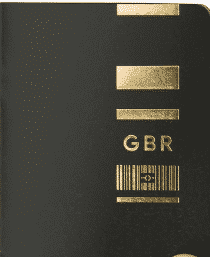
The pair were inspired by suitcases when creating their alternative passport, including an interpretation of a luggage tag designed in gold on the front.
Inside, the passport’s semi-transparent pages appear like x-rays of a traveller’s bag and its contents.
The Big Reveal- The New British Passport Design
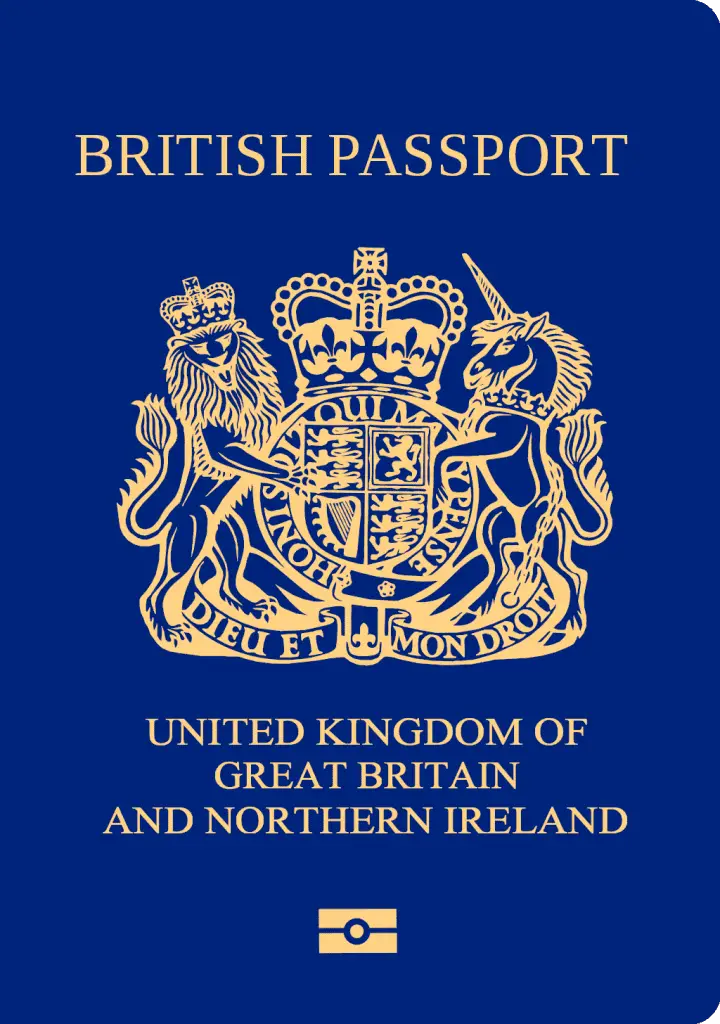
The task of determining a solution to the travel documents for citizens of the United Kingdom after Brexit was taxing the best minds in the country until now. The issue of the colour of the passport arose soon after the UK had decided to leave the EU. For migrants already in the UK, the focus shifted to how Brexit effect those already in the UK.
The British government has finally declared on February 24th, 2020 that the new British Passport will be blue from mid-2020. However, from now and during the transition period, you might be issued with either a blue or a burgundy British passport, knowing that they will both give you the same rights for travel.
You should expect that you will be issued with a new blue British passport from mid-2020.
You can find complementary information about the new British passport here.
Create your own user feedback survey
New British Passport FAQs
Has anyone got a blue passport yet?
” icon=”plus-circle”]The UK passport Office have already started sending out the new blue UK passports. A number of our clients have already received their passports in the new format. Expect that you should have a new blue British passport from June/July 2020. But in the meantime, people are getting the new blue coloured British passport randomly.
[/su_spoiler] [su_spoiler title=”Why is my new UK passport not blue?
” icon=”plus-circle”]Luck of the draw. The UK government has announced that all new UK passports issued from mid-2020 will be blue. Prior to June/July 2020, there are still many burgundy UK passports that are being issued. You may therefore get the burgundy version instead of the new blue UK passport.
[/su_spoiler] [su_spoiler title=”What Colour passports are being issued now?
” icon=”plus-circle”]Both Blue and Burgundy. From March 2020, the new blue Uk passports are slowly being put into circulation. British passport are now being issued as the blue colour or the burgundy color. From mid 2020, the new blu UU passports will the the ones being issued
[/su_spoiler] [su_spoiler title=”What Colour are the new British passports?
” icon=”plus-circle”]The new British passports colour is blue. Some say that it is closer to the colour black but it can be seen as dark blue / navy colour. It is not as light a blue colour as the original blue British passport.
[/su_spoiler] [su_spoiler title=”Will we need new passports now we left the EU?
” icon=”plus-circle”]No. You will not need a new passport just because the UK left the EU. To travel to the EU, or any other country, you need to have at least six months validity left on your current passport. Your current passport is still valid to travel internationally until it expires.
[/su_spoiler] [su_spoiler title=”How long does a passport last?
” icon=”plus-circle”]10 years. Current British passports last for 10 years and 1 day. But a number of them are also issued for 10 years, 1 month and 1 day.
[/su_spoiler]Do you prefer the “new” British passport design? Leave a comment below 👇
If you would like to apply for your British Passport, start your British Passport Application Online with IaM
Check out the results of our poll!
- The New British Passport after Brexit – The Blue British Passport - 6 March 2020
- Ten Things to Do With a British Passport - 20 July 2018
- Visa Requirements for British Citizens, and Why You Should Apply for British Passport - 10 August 2017

